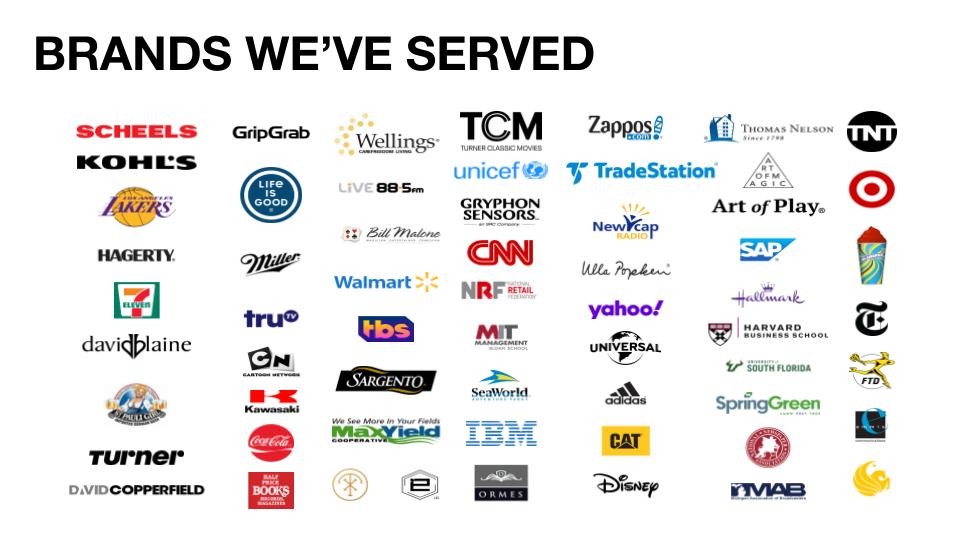As Chief Marketing Officers (CMOs) of established brands, it’s paramount to understand the importance of data in shaping our customer strategies. Neil Hoyne, Google’s Chief Measurement Strategist, unravels this mystery in his enlightening book, “Converted: The Data-Driven Way to Win Customers’ Hearts.”
In the present digital landscape, Big Data is the buzzword, and every brand yearns to be data-driven. Hoyne provides the answers, drawing on his experience of over 2,500 engagements with world-leading advertisers.
His goal is to foster profound customer relationships through digital media.
Hoyne’s guiding principle involves a shift from delivering instant-response messages to initiating more profound, enduring dialogues with customers. These conversations, he argues, are what set brands apart from their competitors. In his book, Hoyne probes into three core themes: conversations, relationships, and self-improvement, all aimed at nurturing customer relationships and evolving into a superior leader.
🔑 Key Concepts:
1️⃣ Conversation: Hoyne advocates for businesses to foster engaging conversations with their top customers. To understand them better, he suggests identifying as many customers as possible, gathering data on website interactions, engaging customers beyond the website, and guiding the conversation through personalized messages.
2️⃣ Relationships: Building valuable relationships with customers is crucial. Hoyne proposes that businesses identify their best customers by calculating the Customer Lifetime Value (CLV) to achieve this. Brands can enhance customer retention by utilizing data to foresee a customer’s CLV and recognize churn signals.
3️⃣ Self-Improvement: Emphasizing the importance of continuous exploration, Hoyne encourages businesses to establish a culture of generating ideas, experimenting, and taking action. He urges leaders to assemble a skilled, diverse team to propel their brand forward.
✨Takeaways:
1️⃣ Start Small, Scale Gradually: Hoyne advises brands to start with a small team and a limited dataset, focusing on continuous progress rather than perfection.
2️⃣ Ask Intentional Questions: Hoyne demonstrates how inquiring can anticipate customer needs. For example, asking, “Are you buying this as a gift?” can lead to valuable insights. However, he cautions against overwhelming customers with too many queries.
3️⃣ Prioritize High-Value Customers: Hoyne instructs brands to focus more on their best customers, even if it means letting go of low-value ones.
His insights are beneficial not only for small businesses aiming to be more data-driven but also for large corporations seeking positive change.
Neil Hoyne’s “Converted” offers a valuable guide for CMOs to build profound customer relationships using data more purposefully. His ideas inspire brands to innovate, engage in data-driven marketing conversations, understand their customers better, boost conversions, and outpace competition. 🚀

